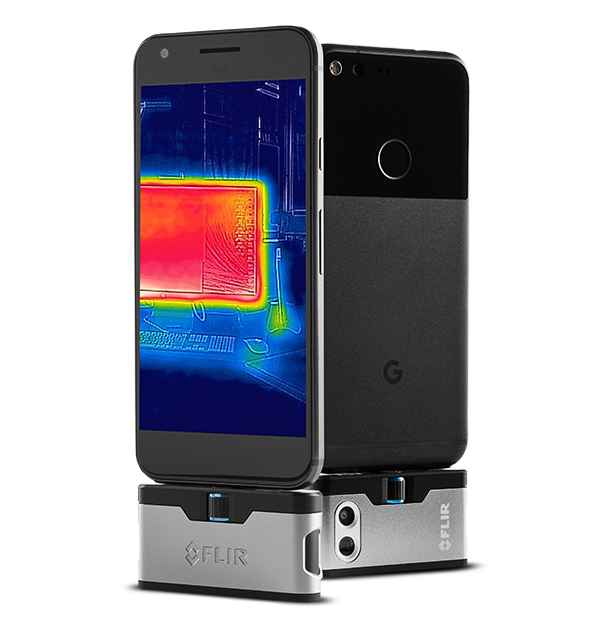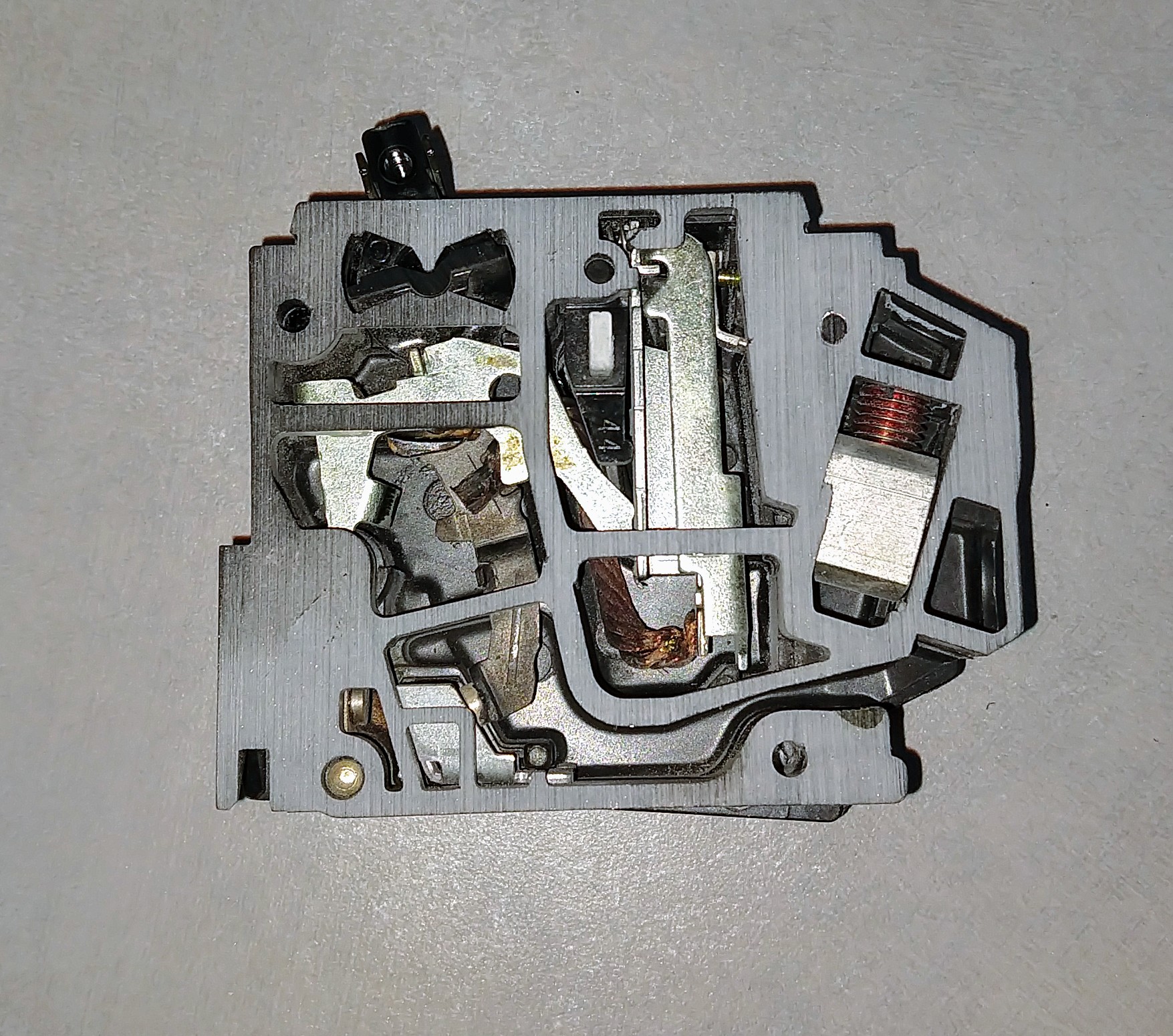derotam
Active Member
If that's true it sucks at it's own algorithm. My circuit breaker melted down before it tripped because of a chattering contact inside the breaker. The Tesla just kept pulling until it melted completely.
100% agree...I test breakers at work to ensure they still trip so I will put them under a 120% load until they trip. Sometimes they don't trip until I hit 140%+ for 5 minutes or so. Temperature has a lot to do with it. If it's cold where the breaker is, but the wires are wrapped in insulation, it's possible that the wire could fail before the breaker trips.
A cheapish FLIR is a good thing for a homeowner to have. $200 for your smartphone. Probably cheaper elsewhere.

FLIR ONE Gen 3 Thermal Camera for Smart Phones | FLIR Systems
Yep, this reminds me it is about time for my not so regular check of breaker temps and outlet temps...with my FLIR One.








